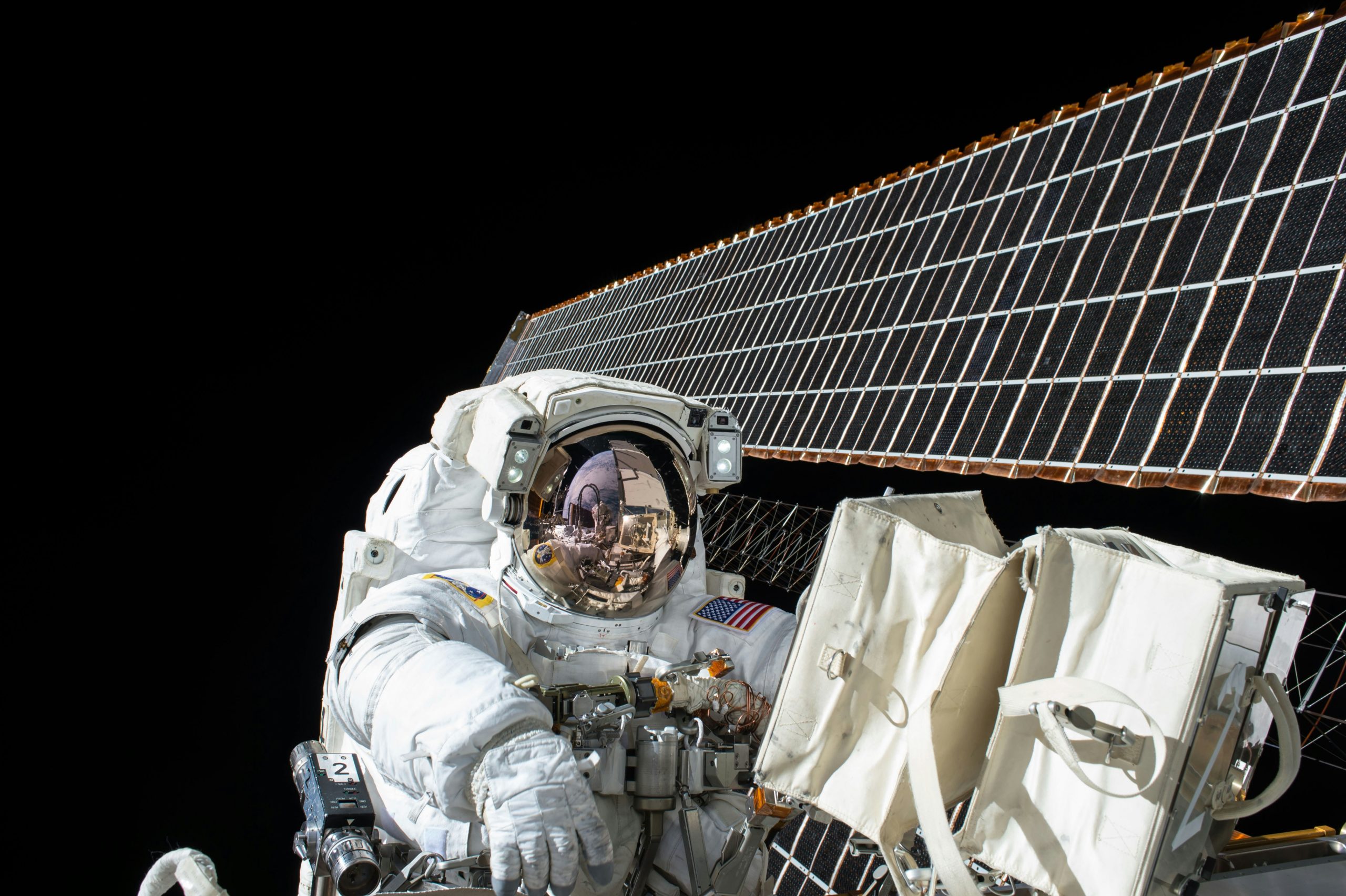NASA unveiled the Cryobot Probe, a ground-breaking project meant to transform space travel and extraterrestrial research.
This cutting-edge technology promises to delve deeper into the mysteries of space and potentially uncover evidence of extraterrestrial life.
The Cryobot Probe, as envisioned by NASA scientists, represents a significant leap forward in the agency’s quest to explore distant worlds and icy moons within our solar system.
This probe, equipped with state-of-the-art technology, aims to penetrate and explore the thick ice layers covering celestial bodies such as Jupiter’s moon Europa and Saturn’s moon Enceladus.
The possibility that these moons have oceans beneath their frozen crusts has long attracted astronomers to them. It is thought that these underground oceans may support life forms or at the very least offer a habitat that would support them.
The Cryobot Probe is designed to navigate through these icy surfaces, employing advanced drilling mechanisms and sensors capable of detecting signs of life or habitable conditions.
Its primary mission is to search for biosignatures, chemical compounds, or other indicators that could suggest the presence of life, past or present, within these celestial bodies.
NASA’s Cryobot Probe Unveiling

NASA’s unveiling of the Cryobot Probe underscores the agency’s commitment to advancing astrobiology and discovering new frontiers in space exploration.
The concept has generated excitement among scientists and space enthusiasts worldwide, heralding a new era of interplanetary exploration focused on potentially habitable worlds beyond Earth.
This innovation builds upon previous missions and scientific data gathered from missions like the Hubble Space Telescope, Cassini, and the Galileo spacecraft.
The curiosity and will to investigate these celestial entities have been sparked by these missions’ vital insights on the makeup and possible habitability of far-off moons.
As NASA fine-tunes the Cryobot Probe concept, the agency aims to deploy this advanced technology in upcoming missions, setting the stage for a new chapter in humanity’s quest to unravel the mysteries of the cosmos and potentially answer the age-old question: Are we alone in the universe?


Comments are closed.